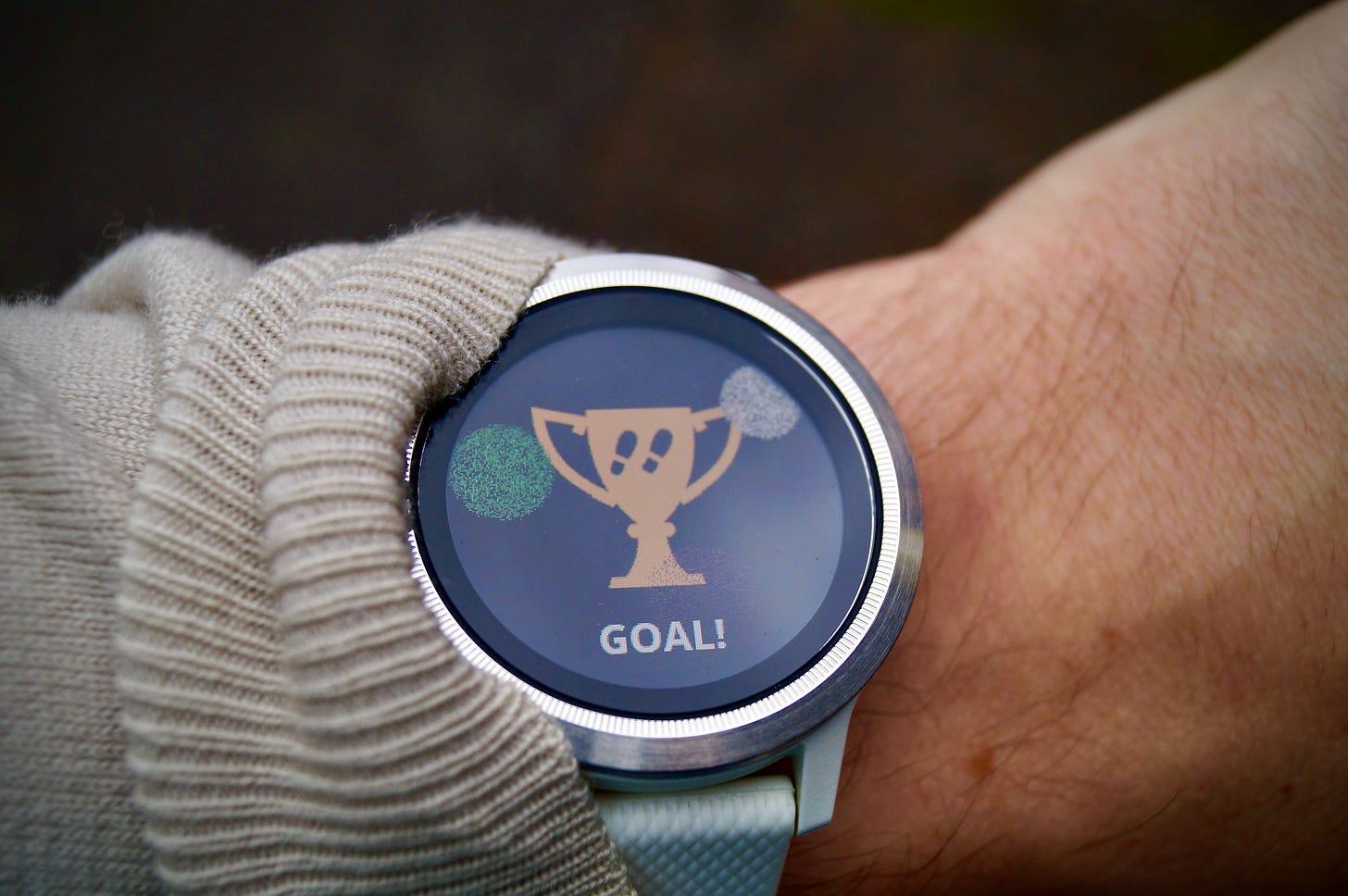The Next Wellness Tech Challenge
One-size-fits-all algorithms won't suit the incoming health-conscious consumer
A few years ago, UNICEF introduced a fitness tracker with noble intentions. Called the Kid Power Band, “the world's first Wearable-for-Good™,” the device aimed to get children off the couch with a compelling pitch: “Every time you get active, you earn packets of therapeutic food called RUTF that bring severely malnourished children back to health.”
That’s right. The power to save a child lay in the hands (or more like feet) of little Timmy’s wristwatch, step-counting “points” to solve world hunger. “Save lives,” read the UNICEF website, right above a lighthearted call to “have fun” too.
Yeah. You think “bikini season” puts the pressure on? Wait until a hungry child’s future rests on your shoulders.
Keep reading with a 7-day free trial
Subscribe to Well To Do to keep reading this post and get 7 days of free access to the full post archives.



